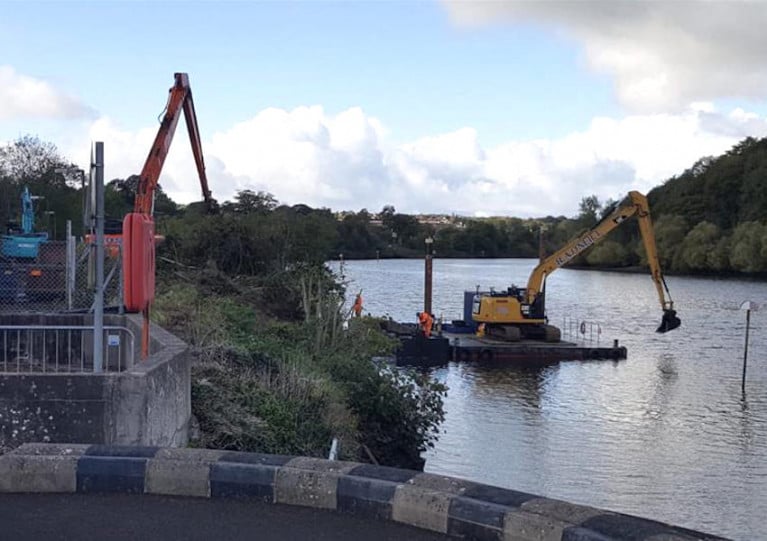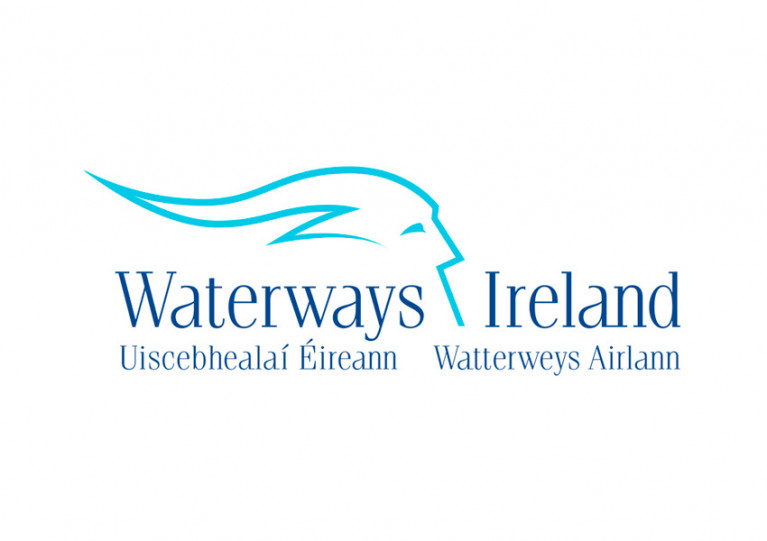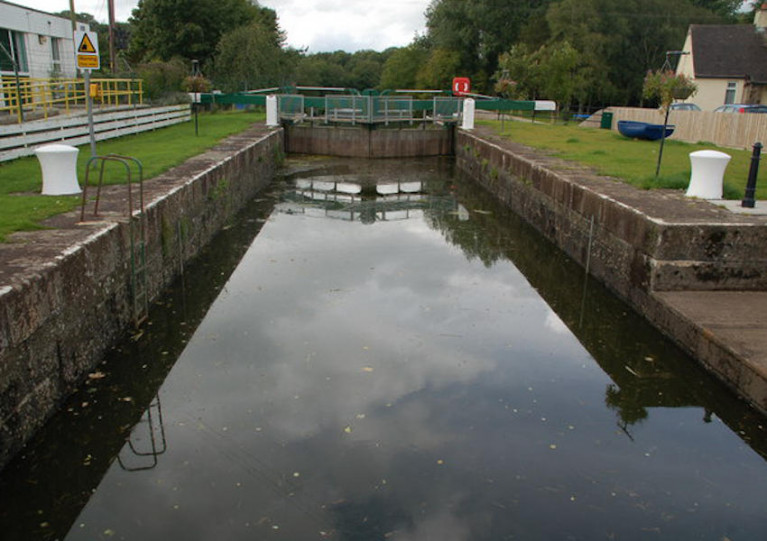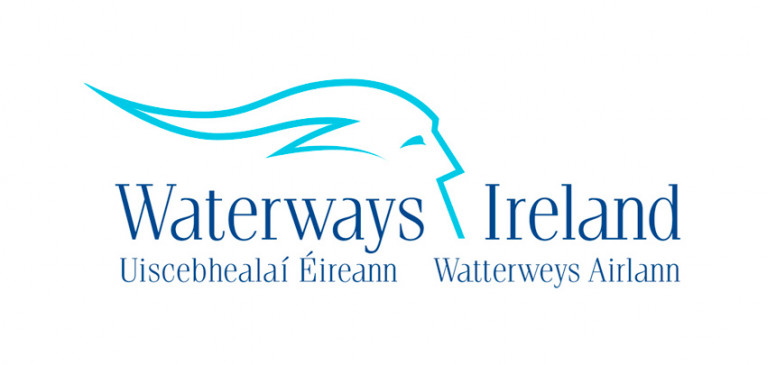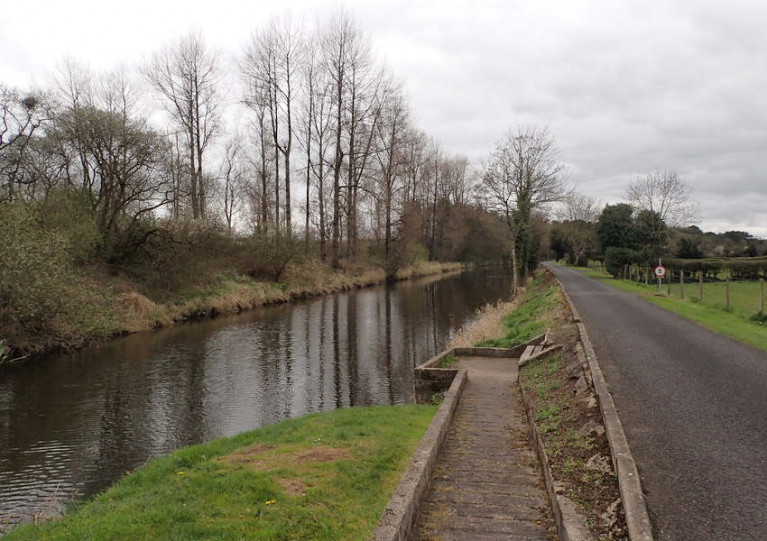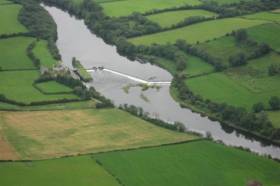Displaying items by tag: Lower Bann
Lower Bann: Carnroe Lock Reopened to Navigation
Waterways Ireland advises all users of the Lower Bann that essential long-term maintenance works have been completed at Carnroe Lock and it is now reopened to navigation, as of Friday 12 August.
New upstream gates were announced in late 2020 for the Northern Ireland river lock which last had its gates replaced more than 50 years ago, as previously reported on Afloat.ie.
Waterways Ireland advises all masters and users of the Erne System that the channel east of Castle Island, Enniskillen will be closed from Monday 4 July to the end of September to create a water activity area.
The designated area will be clearly marked by floating buoys. Access to Castle Museum Jetty will be maintained when approaching from the north of Castle Island.
Mariners should use the navigation channel to the west of Castle Island and proceed at slow speed and with minimum wash adhering to any instructions or displayed signage. Mariners should be aware of small non-motorised craft also operating in the navigation.
Elsewhere in Northern Ireland, masters and users of the Lower Bann are advised that Carnroe Lock remains closed due to ongoing essential repair works.
“As we move towards completion of the remedial works, Waterways Ireland will further advise by means of a Marine Notice on a reopening date,” the cross-border body for Ireland’s inland waterways said.
Updated Monday 4 July: A previous version of this article contained an incorrect link.
Dive Inspections on Locks & Jetties on Shannon Navigation & Lower Bann
Waterways Ireland advises all masters of vessels on the Shannon Navigation and Lower Bann Navigation that routine dive inspections are being carried out on all locks and waiting jetties until this Friday 24 September.
All vessels are asked to take additional care while approaching and departing locks during this time. Flag Alpha will be flown during diving operations and a safety boat will be in attendance.
Weed Cutting Operations on Movanagher Canal
Waterways Ireland advises users of the Lower Bann that navigation at the Movanagher Canal may be restricted due to essential aquatic weed cutting operations this week.
Cutting is scheduled to take place on the Northern Ireland inland waterway from today, Monday 23 to Friday 27 August.
Masters of vessels should contact the lock keeper at Movanagher in advance of travel and approach the canal with caution allowing sufficient time for weed cutting craft to pull into the side of the navigation channel.
Extensive Winter Works Programme on Northern Ireland Inland Waterways
Waterways Ireland says it is undertaking a “significant programme” of maintenance works on inland waterways in Northern Ireland over the winter period.
On the Lower Bann, which connects Lough Neagh to the sea north of Coleraine, works will focus on maintaining safe access to and navigability of the river channel.
Dredging has already been completed downstream of the Cutts Lock in Coleraine, with more than 1,000 cubic metres of material removed.
A similar dredging programme is taking place this month in Movanagher to remove 200 cubic metres of material, while the mouth of Toome Canal will be dredged in early 2021.
Dredging of river-deposited material ensures the locks gates can operate and the channel remains clear enough for boats to pass, Waterways Ireland says.
Elsewhere, new upstream lock gates will be installed at the Carnroe lock, which last had its gates replaced more than 50 years ago.
Next year, Waterways Ireland will begin work on a two-year project to repair the weir at Carnoe and install a fish pass after planning permission was granted.
Winter is also when the Waterways Ireland team undertakes the removal of fallen trees and trims bank foliage along the navigation. This work will take place from Carnoe to the Cutts and at Toome.
The Toome Canal Walk, which Waterways Ireland says has seen a significant increase in users this year, will also be resurfaced.
Regional manager Joe Gillespie said: “These maintenance works are essential to maintain the heritage assets of the Lower Bann and ensure they are accessible to the widest range of users.”
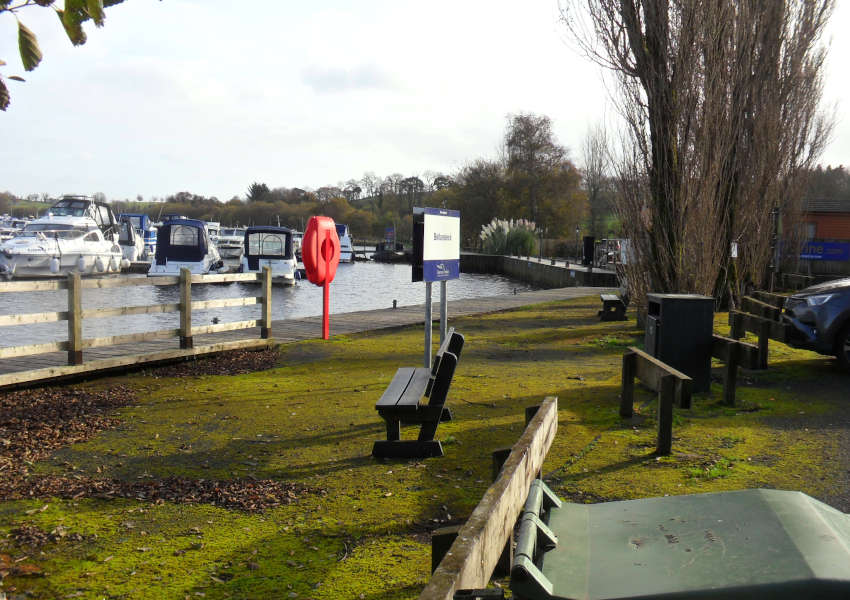 Bellanaleck in Co Fermanagh on the River Erne | Photo: Waterways Ireland
Bellanaleck in Co Fermanagh on the River Erne | Photo: Waterways Ireland
Meanwhile, this month Waterways Ireland will also commence an extensive works programme to improve Bellanaleck Quay on the River Erne.
The works, planned to be completed in time for the new boating season next March, are being undertaken to improve access and increase year-round mooring capacity near Bellanaleck village in Co Fermanagh.
Waterways Ireland’s design team will work with contractors on a plan to widen the existing slipway and construct a new quay wall with one fixed mooring as well as a 16-berth floating mooring.
“Waterways Ireland continues to invest in increasing access to Lough Erne for recreational and tourism activity,” says director of technical services Joe McMahon.
“Bellanaleck is a key lakeside location with a range of services which visitors enjoy and improved access will increase the duration and spend of visitors in the local area.”
Notice Of Upcoming Waterway Closures On Lower Bann & Grand Canal
Waterways Ireland has given notice of upcoming closures on the Lower Bann in Co Antrim and the Grand Canal in Dublin.
On-location filming will see the Lower Bann closed to all boat traffic from the downstream side of Portglenone Bridge to Aghahoy Jetty on Saturday 5 September from 9am to 4pm, and again on Tuesday 8 September from 7am to 7pm.
Safety boats will be on the waterway and users are requested to follow the instructions of the safety boat crews.
Then later in the month in Dublin, levels C3 & C4 on the Grand Canal will be closed to navigation from 21 September for repair works on Lock C4 at Mespil Road.
As a result, no further boat passages into or out of Dublin past these levels will be possible from that date for the remainder of the 2020 boating season, and local boat movements through these locks will not be allowed until late December.
There will also be restrictions to pedestrian movements in the area of Lock C4 due to the ongoing works.
Details Of Reopening Of Locks On Lower Bann Navigation
Waterways Ireland advises masters and users of the Lower Bann Navigation of details regarding the reopening of the Locks from this Tuesday 23 June (pushed back from the original date of Thursday 18 June).
Locks will operate from 9am to 5pm daily, and lock passage charges will be waived until further notice.
Customers are encouraged to phone ahead to the lock in question to ensure lock gates are set and to avoid possible conflict with other boating traffic (all numbers +44):
- Cutts Lock 02870342999
- Carnroe Lock/Movangher Lock/Portna Lock 07876032891
- Toome Lock 07912305251
When preparing to move through locks, boats should be tied up at the approaching landing jetty and wait to be called forward by the lock keeper.
Customers should note that they should not throw mooring ropes up to the lock keepers and must secure their craft within the lock chamber using the chains or ladders provided on the chamber walls.
Waterway users should observe signage in place regarding social distancing, and take note that there are no toilet or shower facilities open until further notice.
Waterways Ireland advises all masters of vessels and water users that the flood levels are receding on the Shannon, Erne, Barrow and Lower Bann inland waterways.
Operations staff are now preparing the jetties, quays, slipways and facilities for reactivation as the floods recede.
It is anticipated that it will take up to three weeks for all jetties, quays, slipways and facilities to be fully operational.
Masters of vessels and water users should be aware that surfaces may be slippery, access to jetties can be difficult as gangways and pontoons are elevated, and flood damage may be encountered in some locations.
All should proceed with additional caution while the clean-up work is ongoing.
Dredging On Movanagher Canal Over Coming Weeks
Navigation on the Movanagher Canal, part of the Lower Bann system, will be substantially closed to boating traffic from next Monday 20 January for around five week due to essential dredging maintenance works along the navigation channel.
Some passage on the waterway may be available by prior arrangement during weekdays; users should contact 028 70344326 or 078 76032891 to make arrangements.
Passage through canal and locks will be available at weekends as per normal opening hours but users are advised to contact the lock keeper in advance of travel on 028 29540570.
Waterways Ireland Proposes To Refurbish Carnroe Weir On Lower Bann
Waterways Ireland is proposing extensive refurbishment works to the weir at Carnroe on the Lower Bann between Lough Neagh and Coleraine.
The cross-border body for Ireland’s inland waterways says Carnroe Weir is essential to the retention of water levels and boat movements along the length of the Lower Bann.
Works would be carried out over an 18-month period and in such a manner so as to conserve the heritage value of the current structure and to give a minimum operational life span of 75 years, Waterways Ireland adds.
The main in-river works would be undertaken in the summer months when water levels are typically lower.
In addition, the existing fish pass would be replaced with a new modern pass to comply with the requirements of Northern Ireland’s Department of Agriculture, Environment and Rural Affairs (Daera), which has responsibility for the fishery on the Lower Bann.
Waterways Ireland says it has engaged with consultants to undertake surveys and assessments, as well as consultations with landowners and other stakeholders, with a view to finalise details of the scheme and submit a planning application — including a full Environmental Impact Assessment — by the end of this month.


























